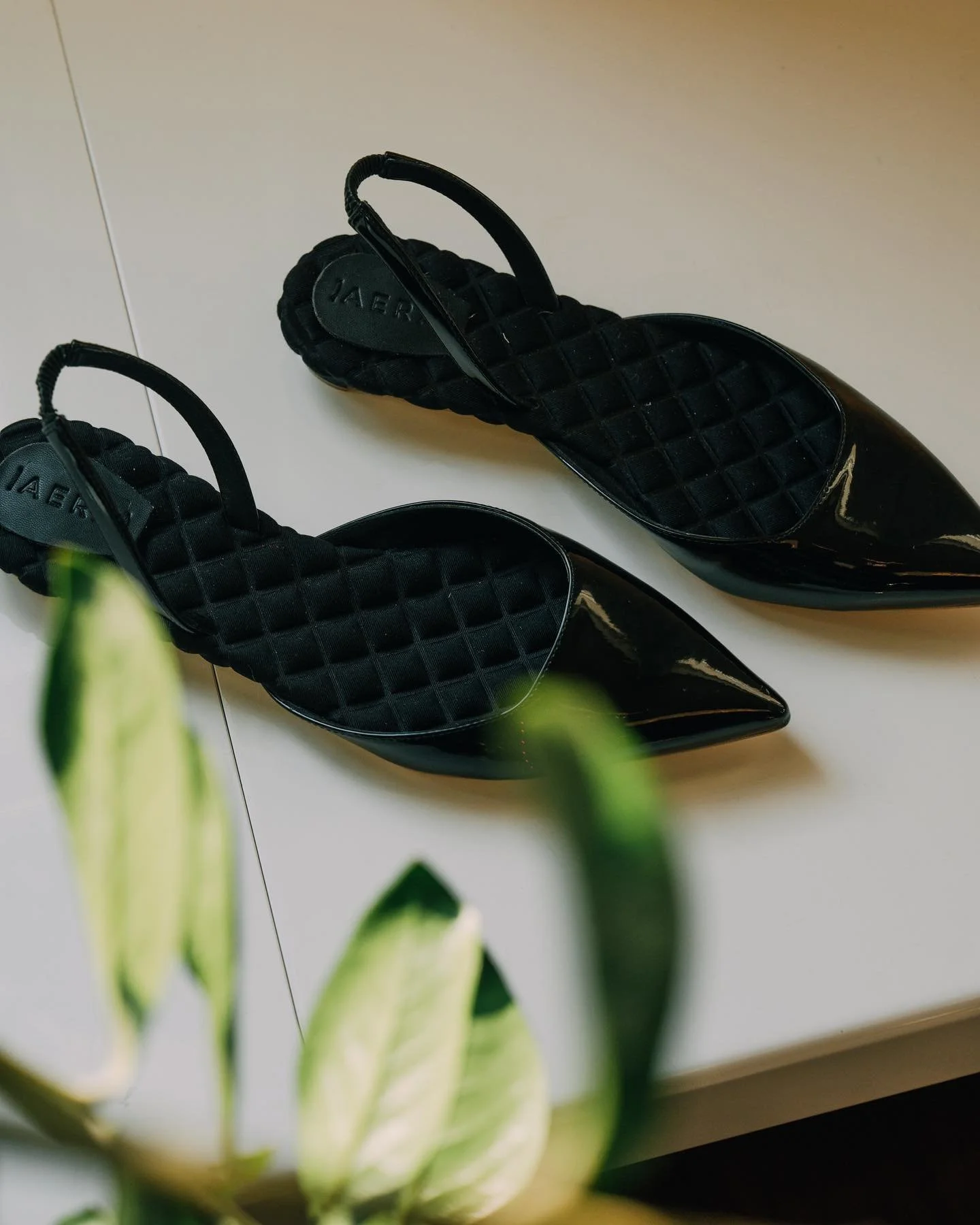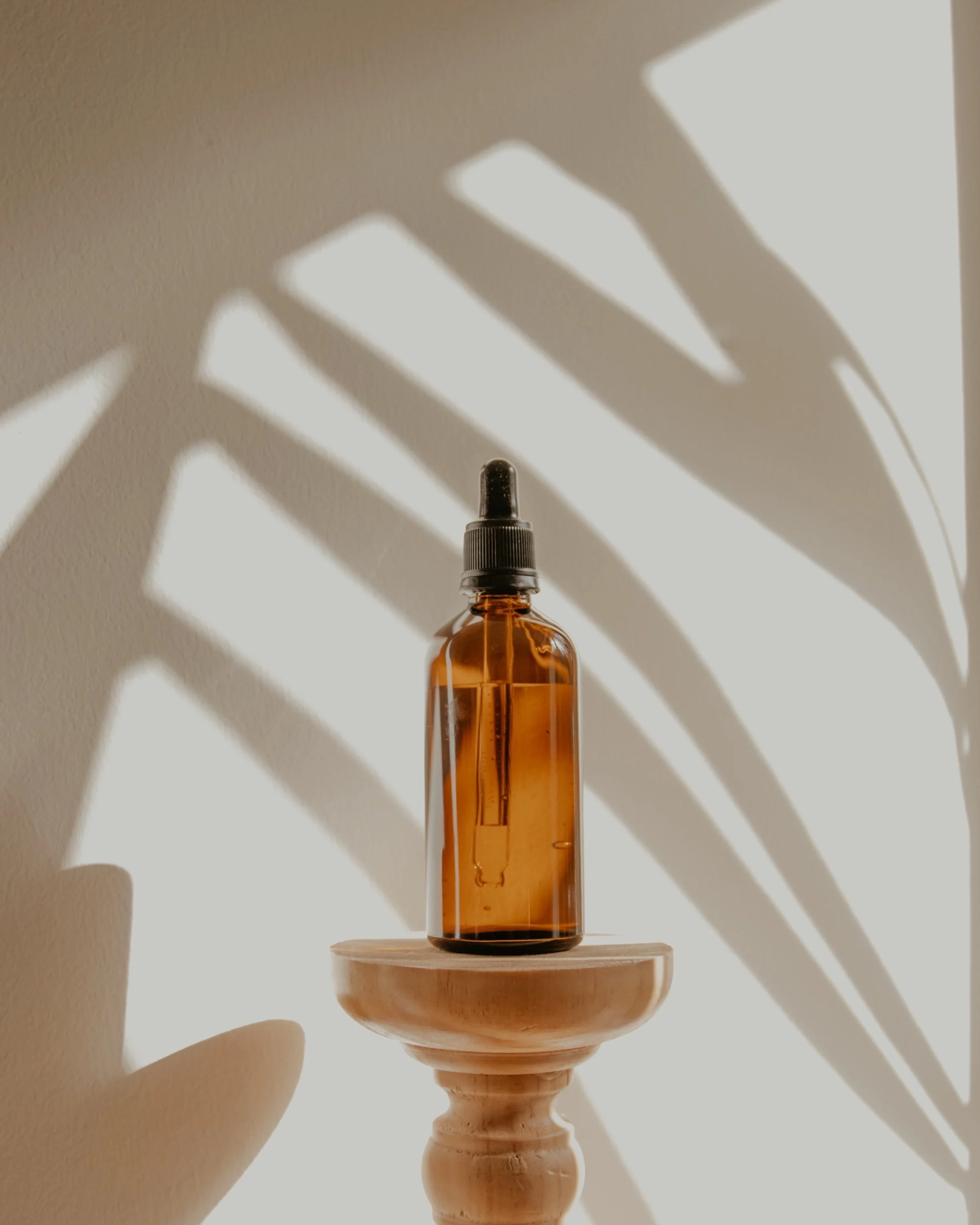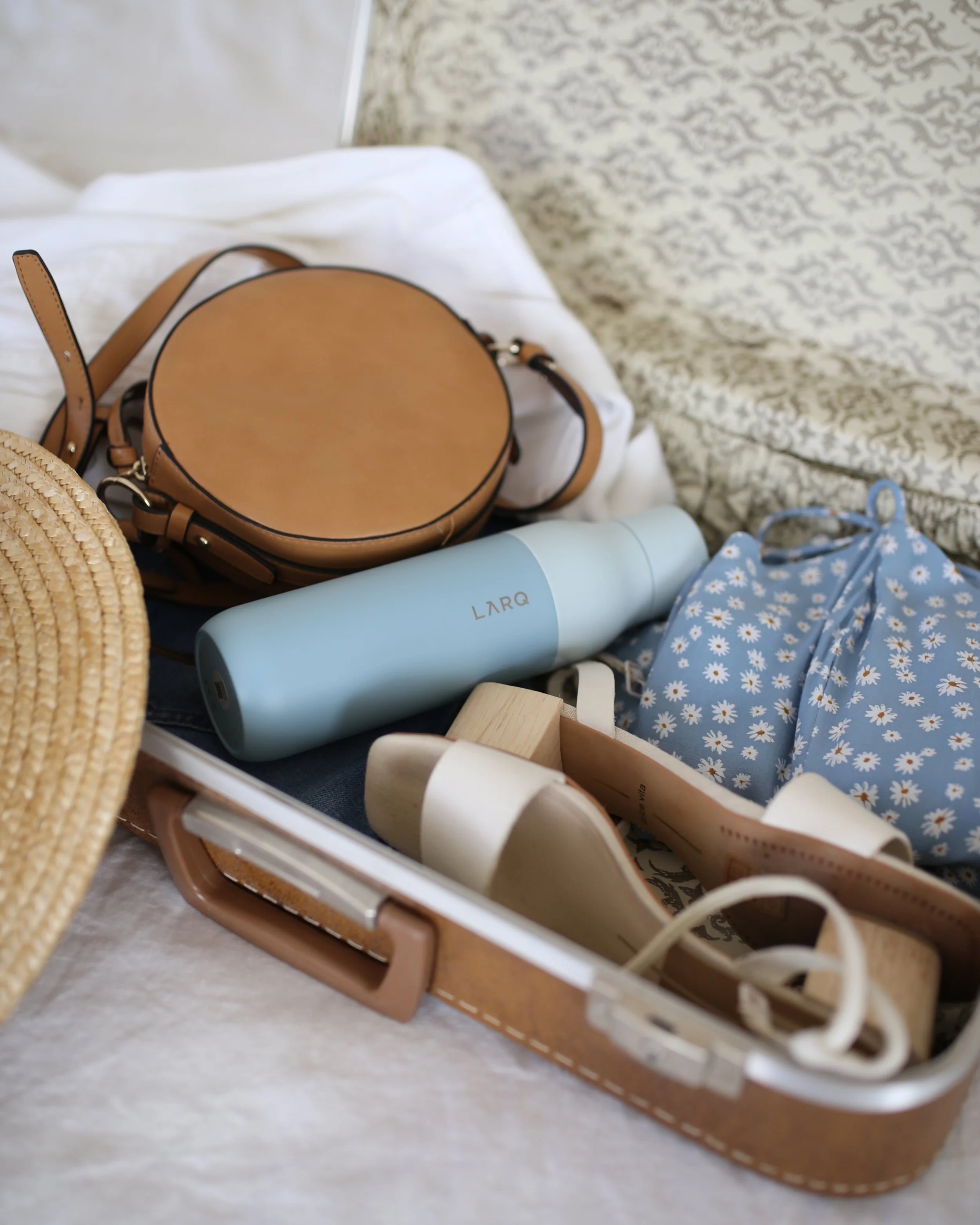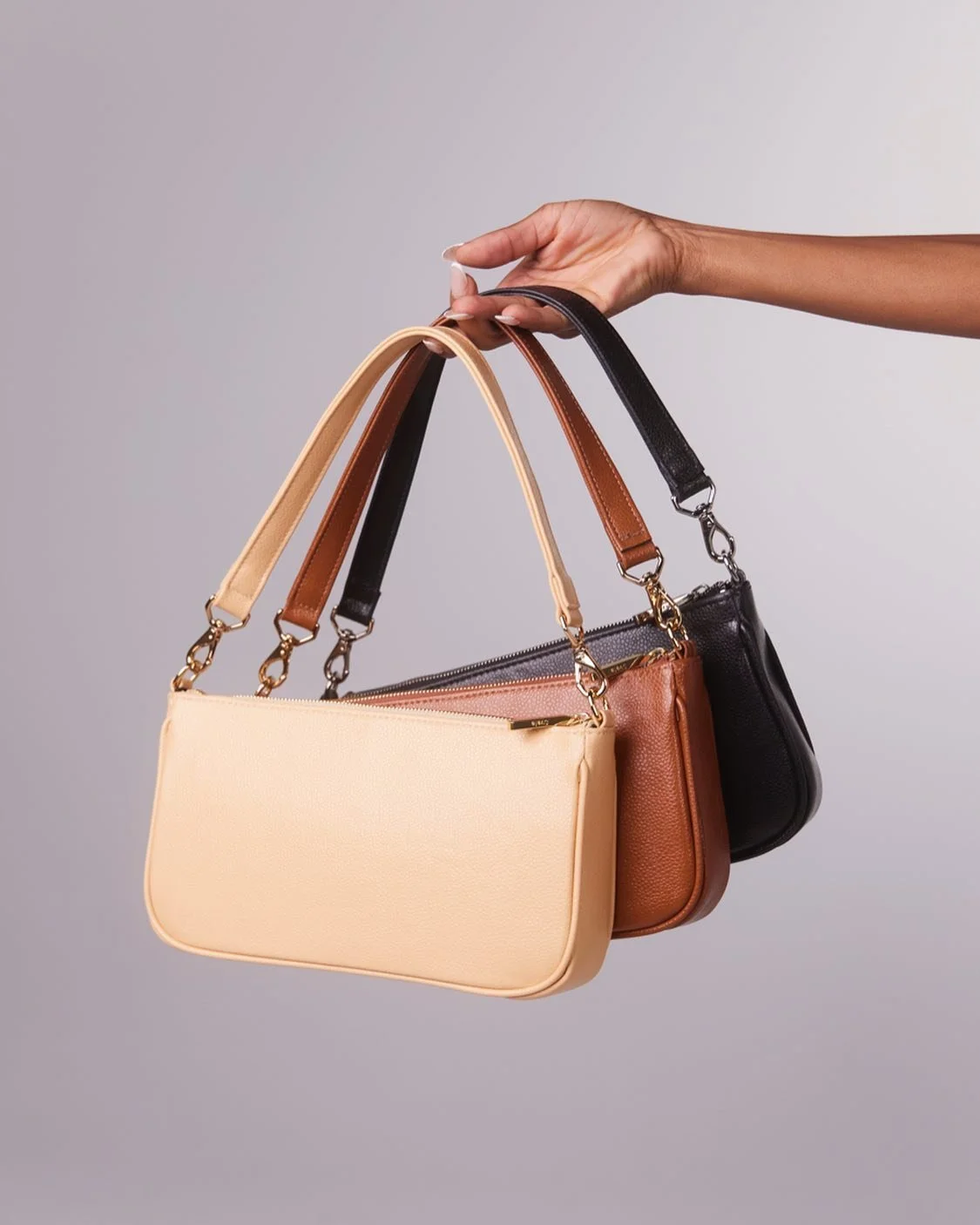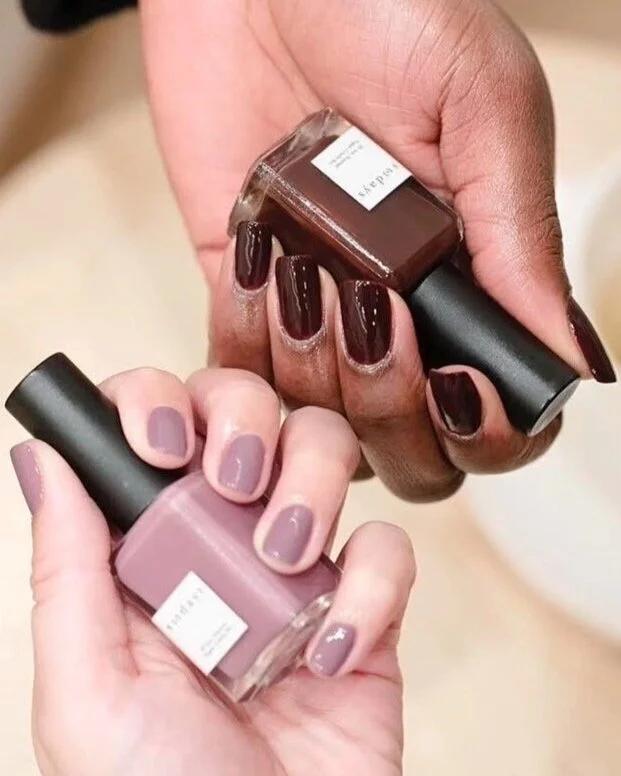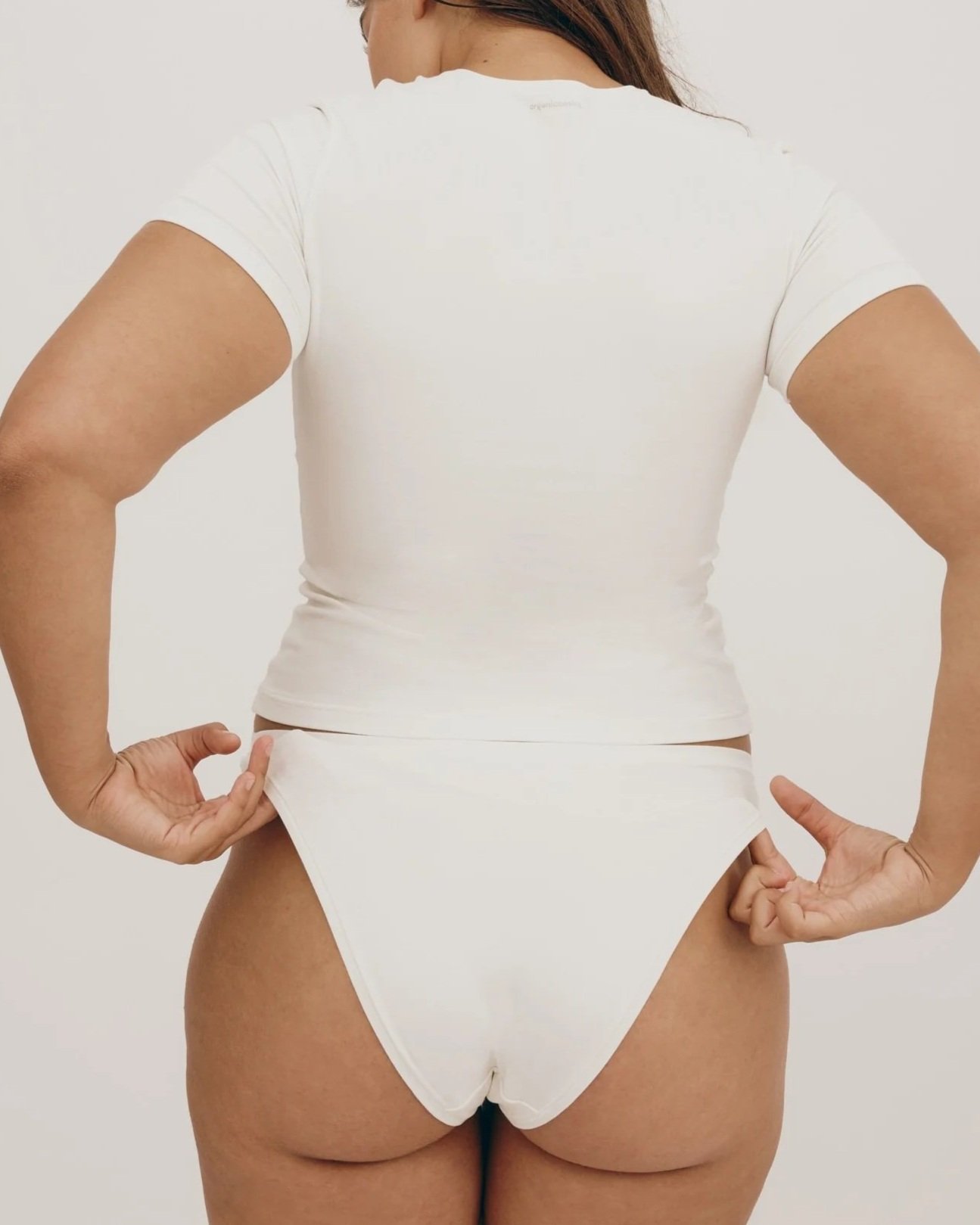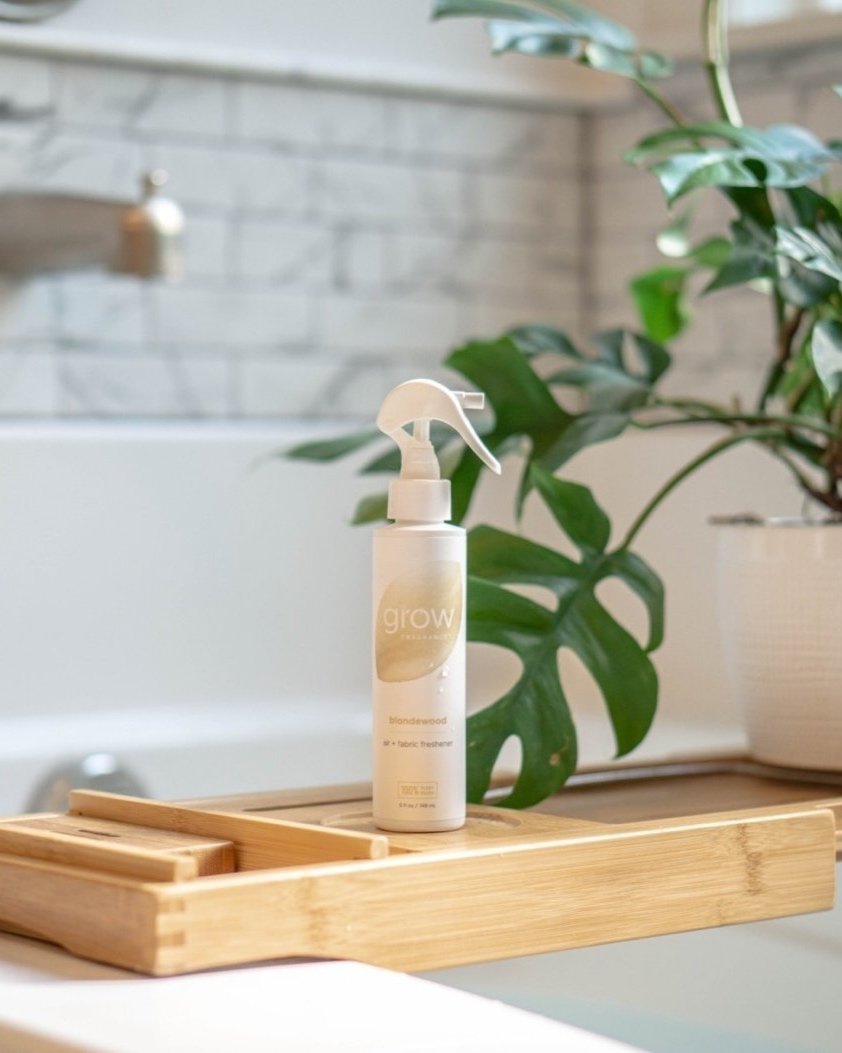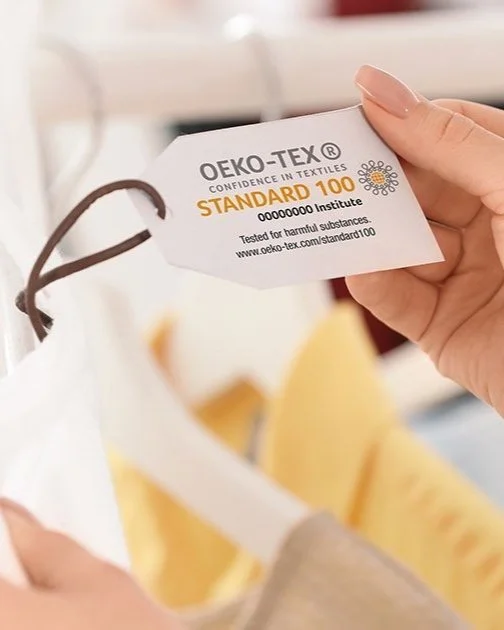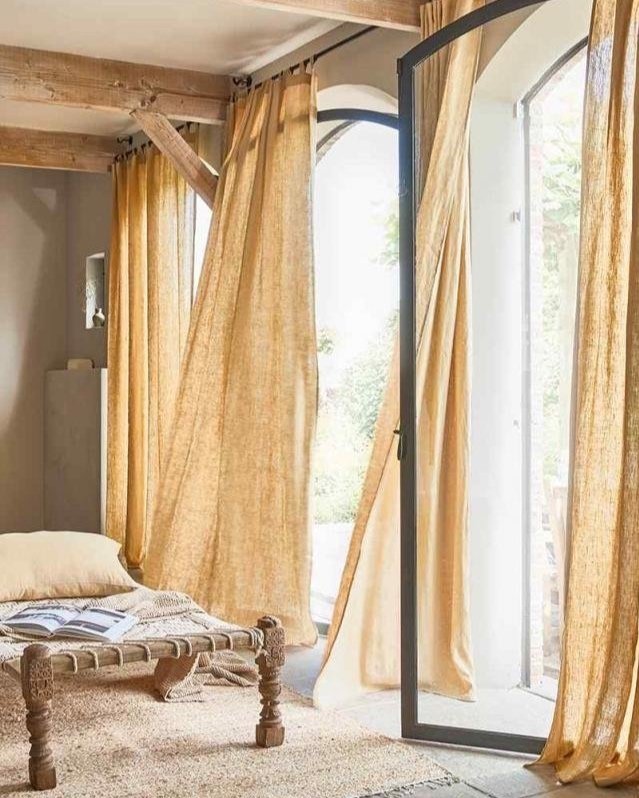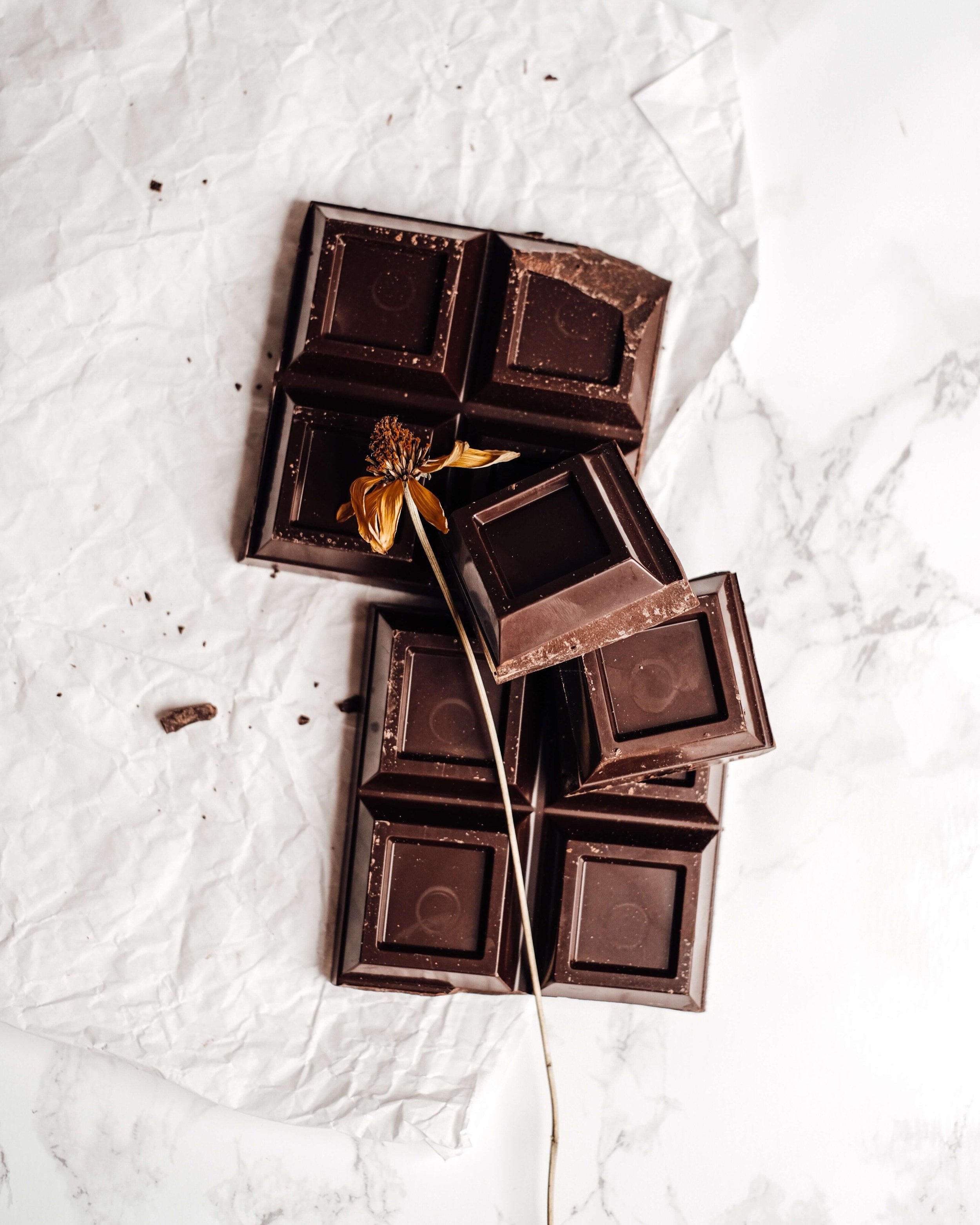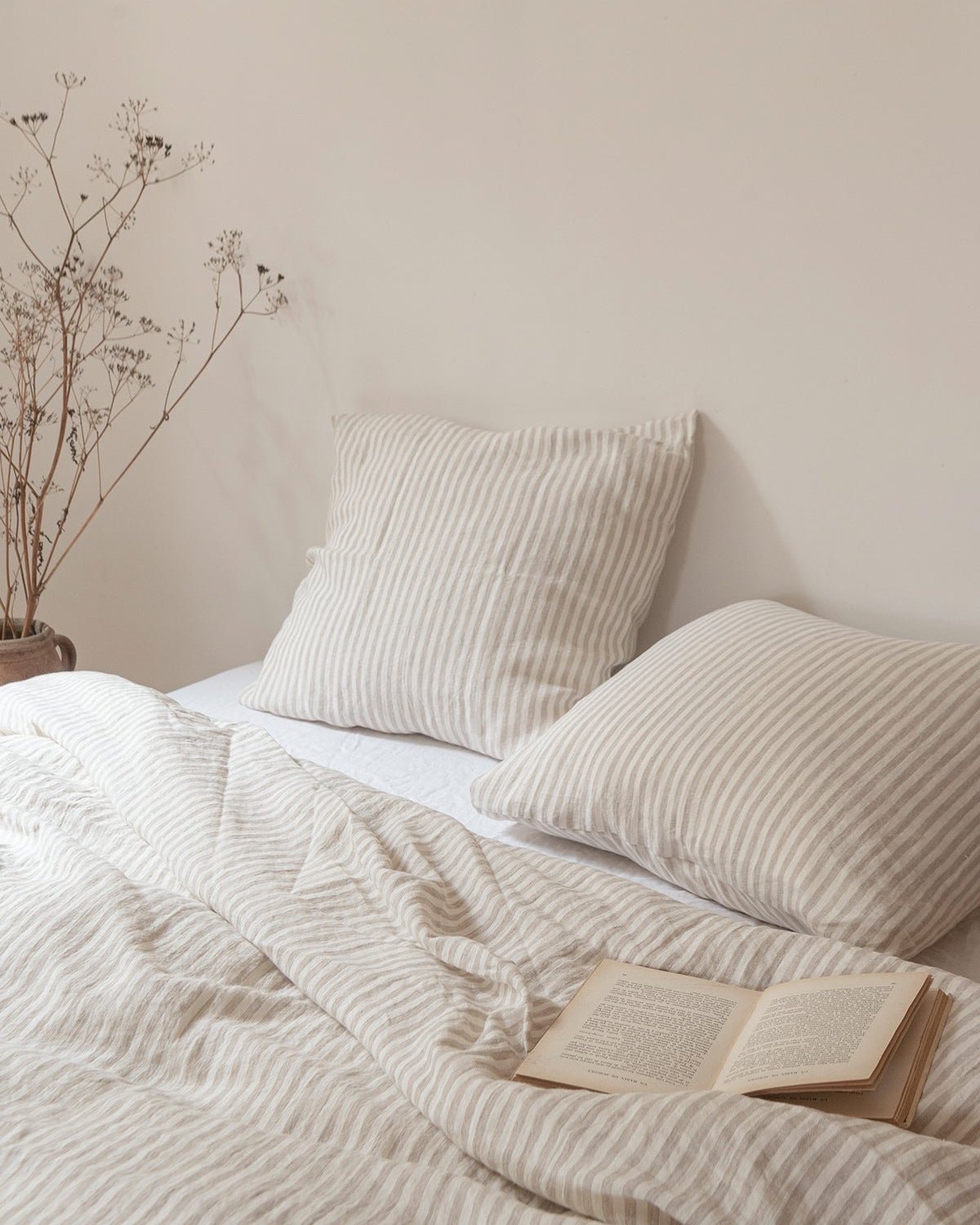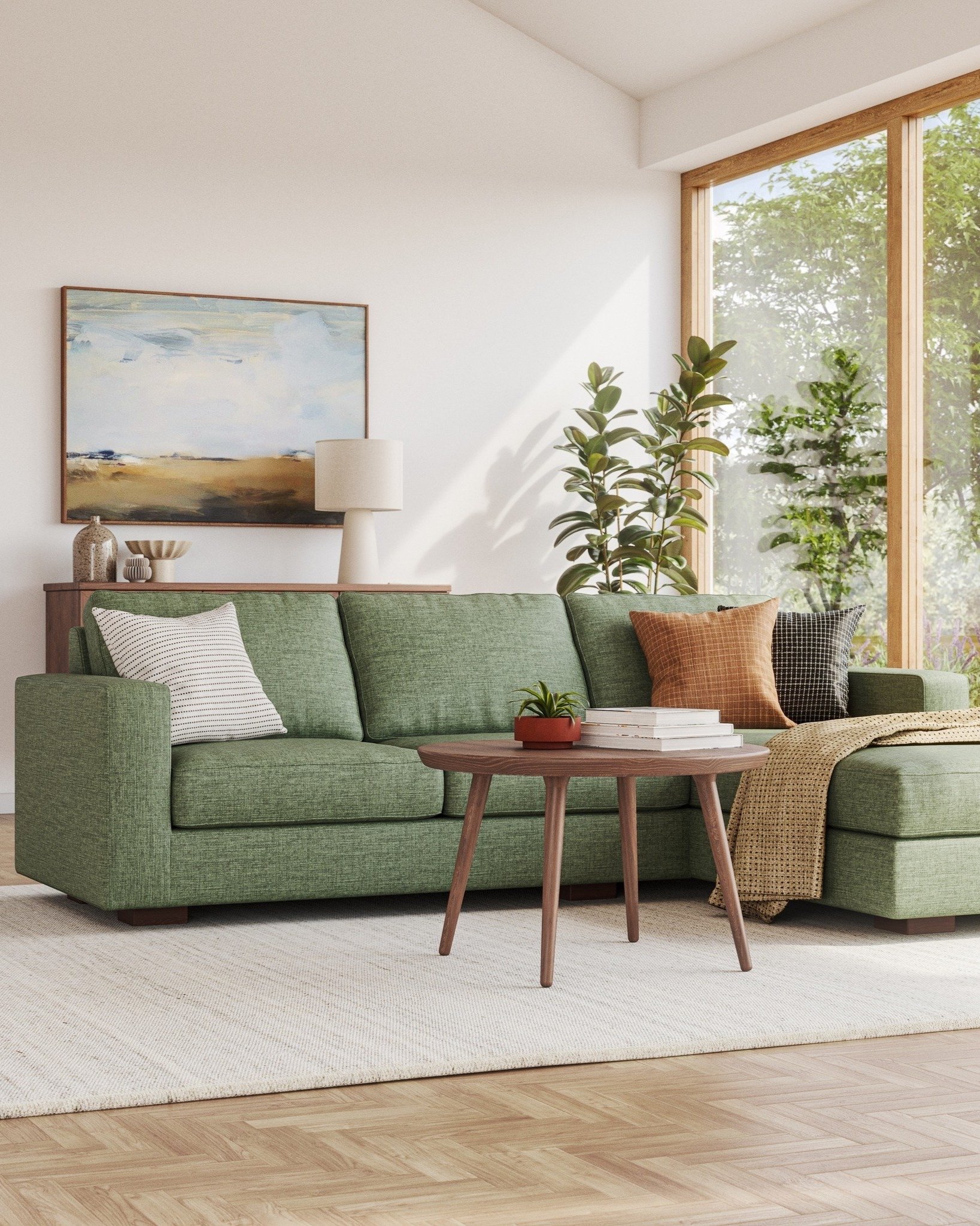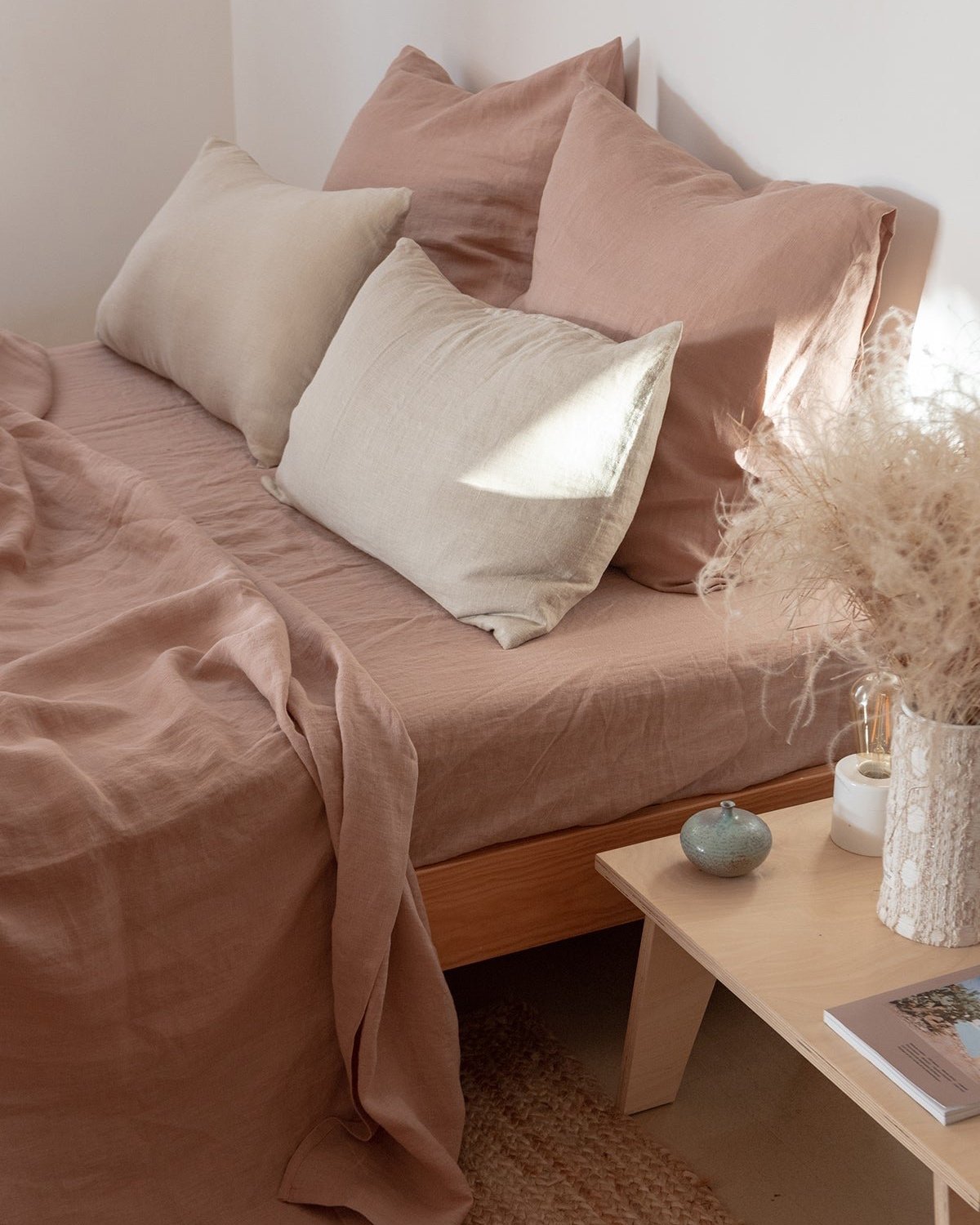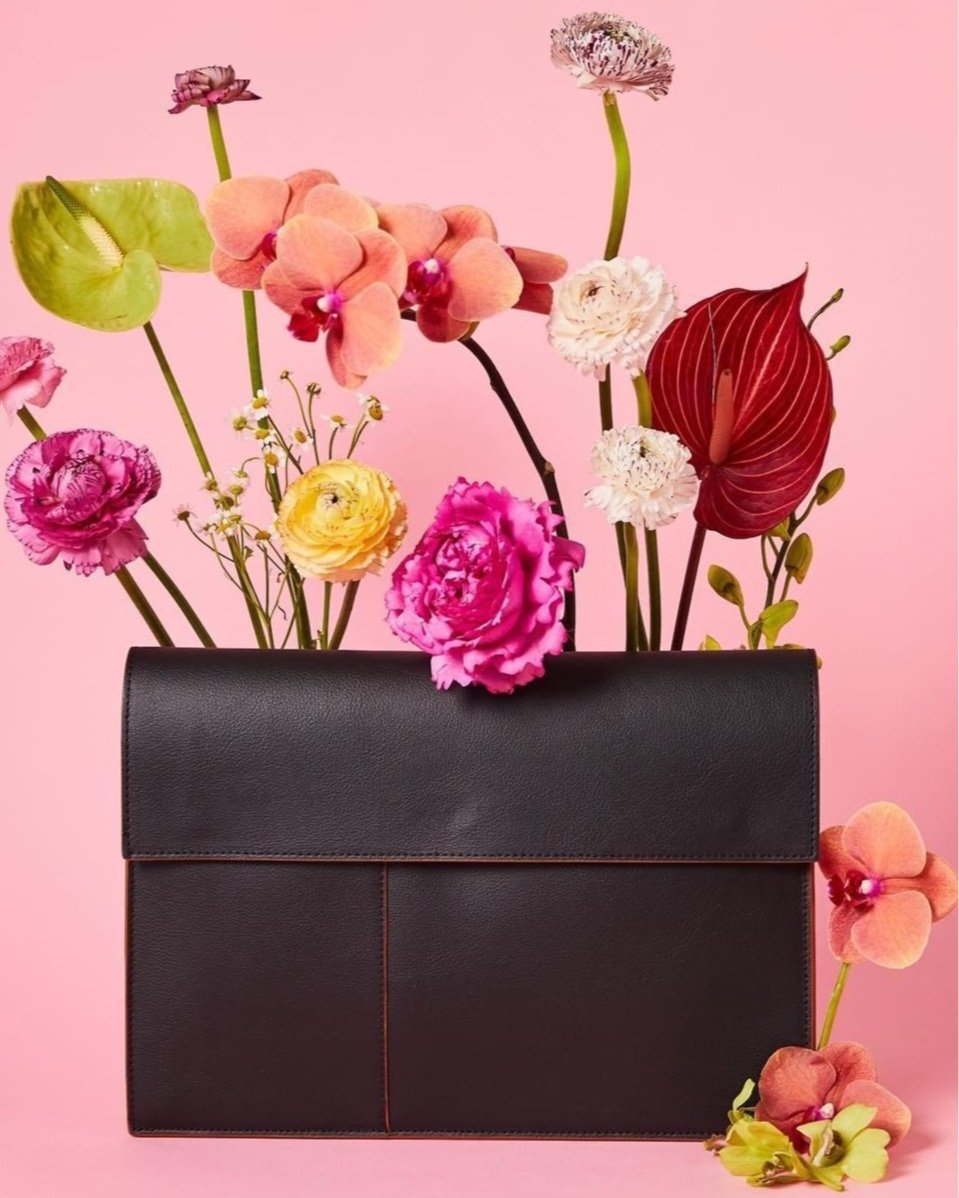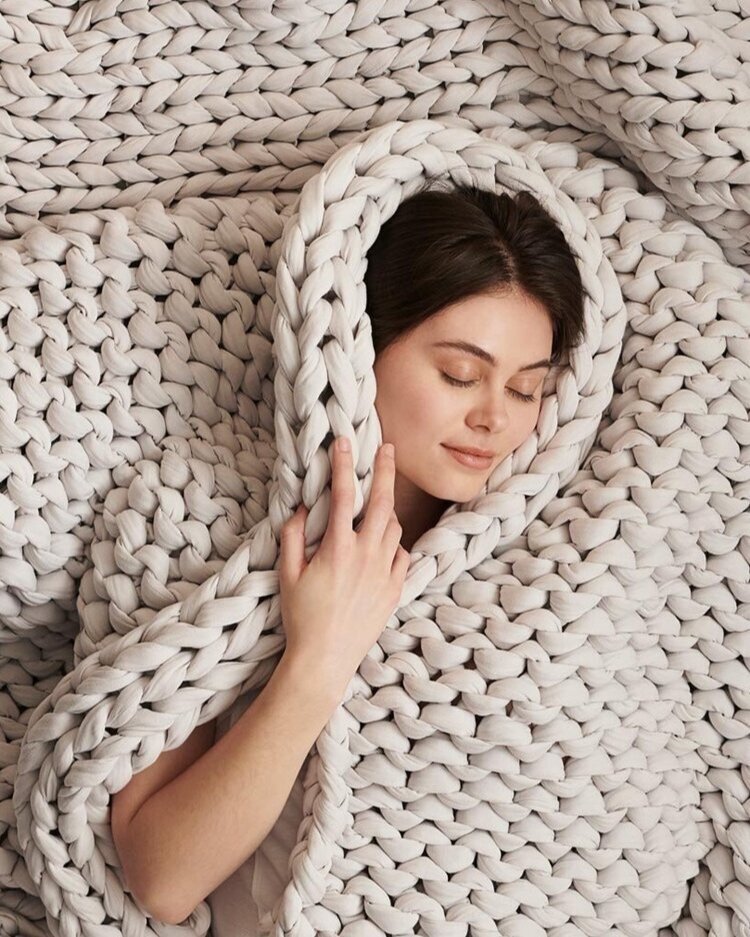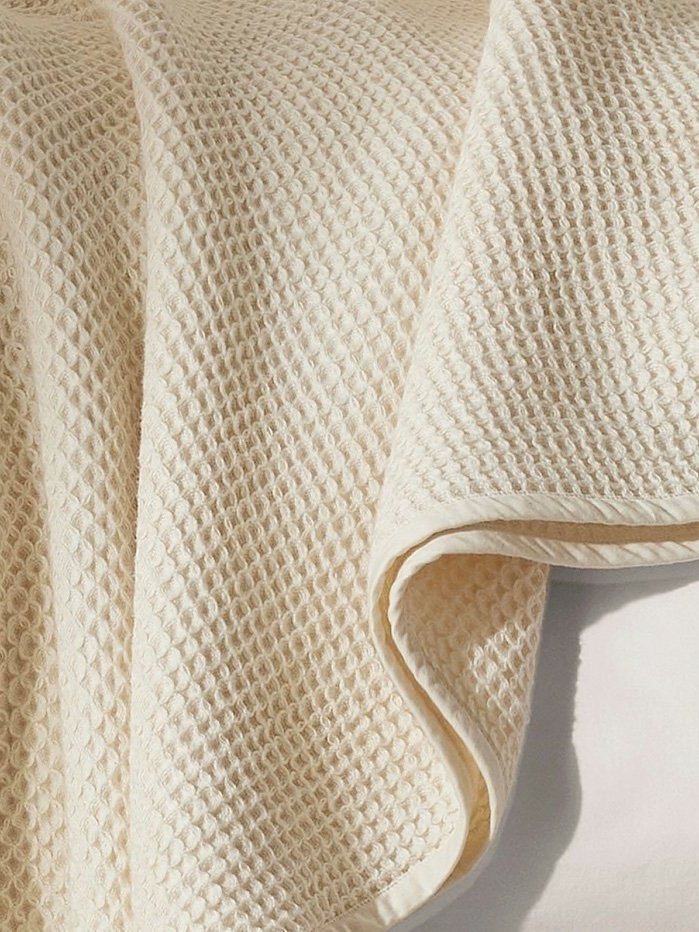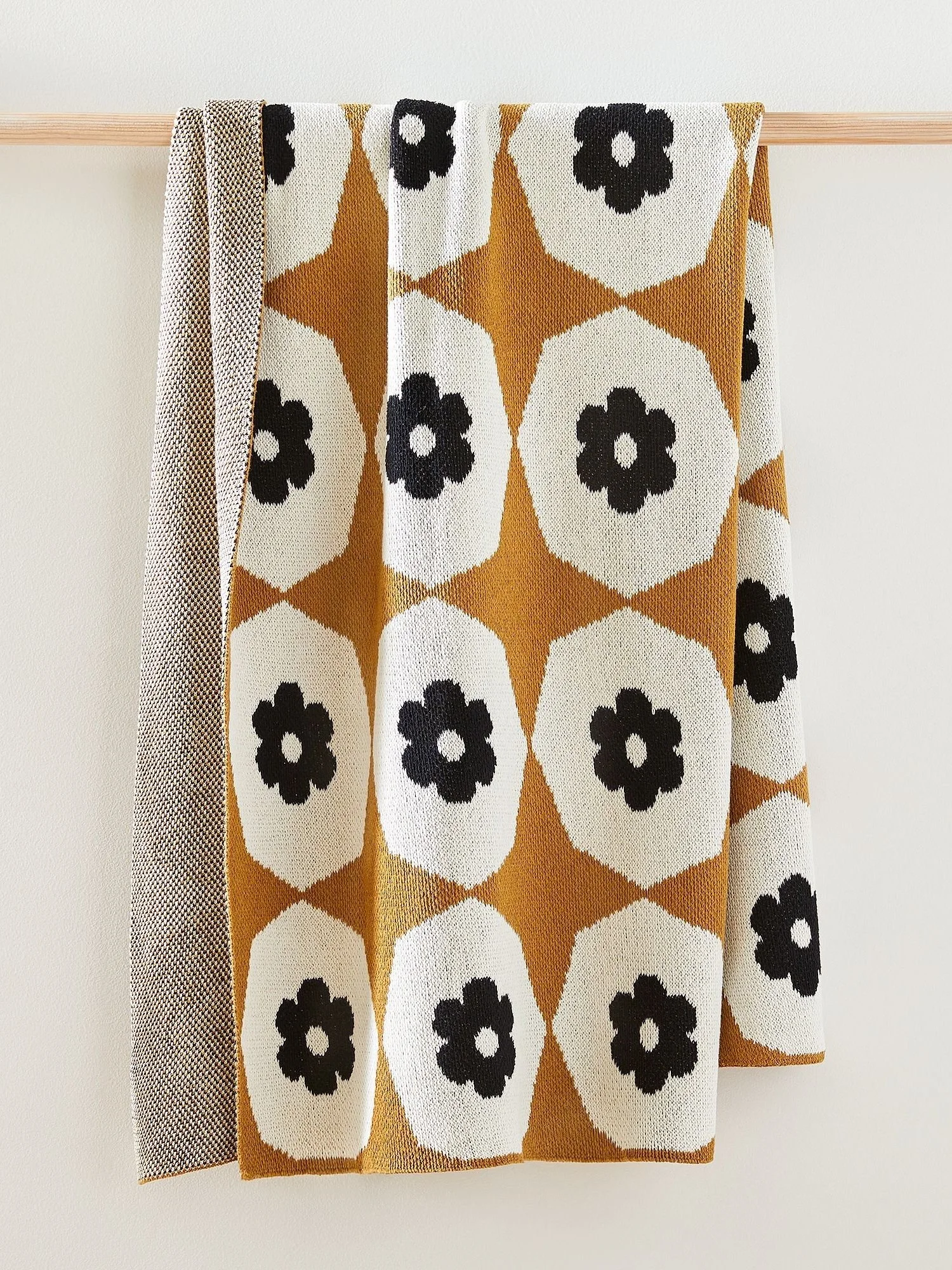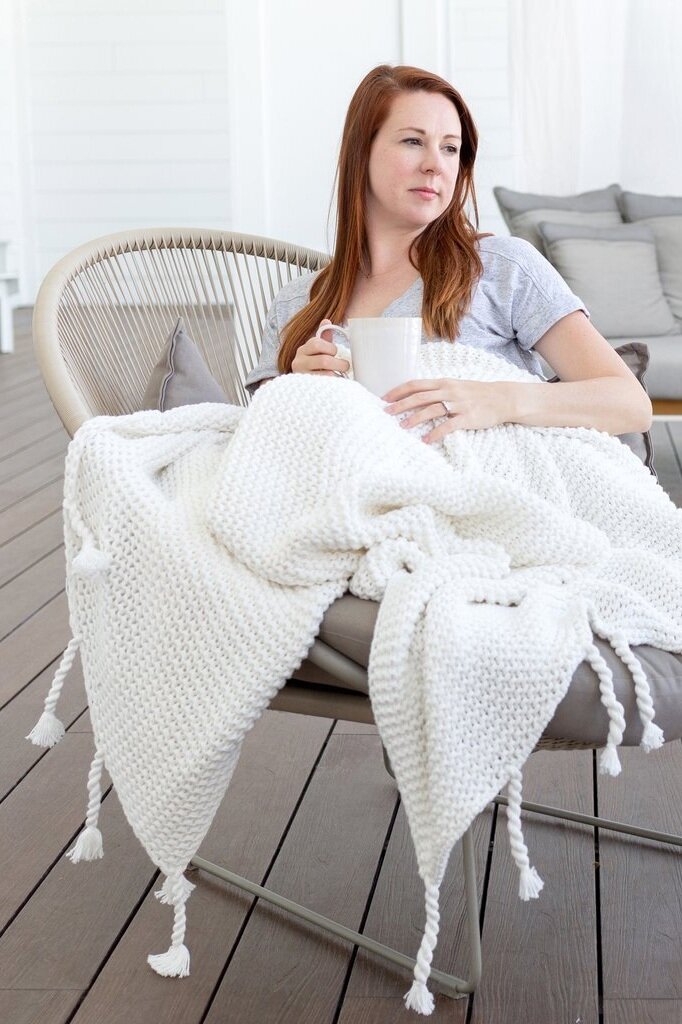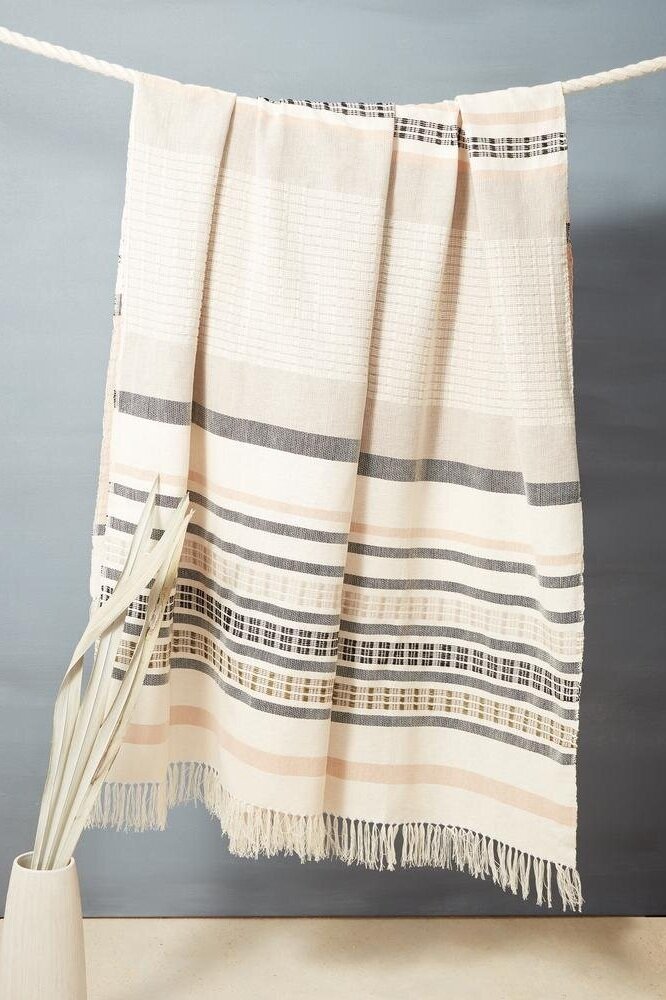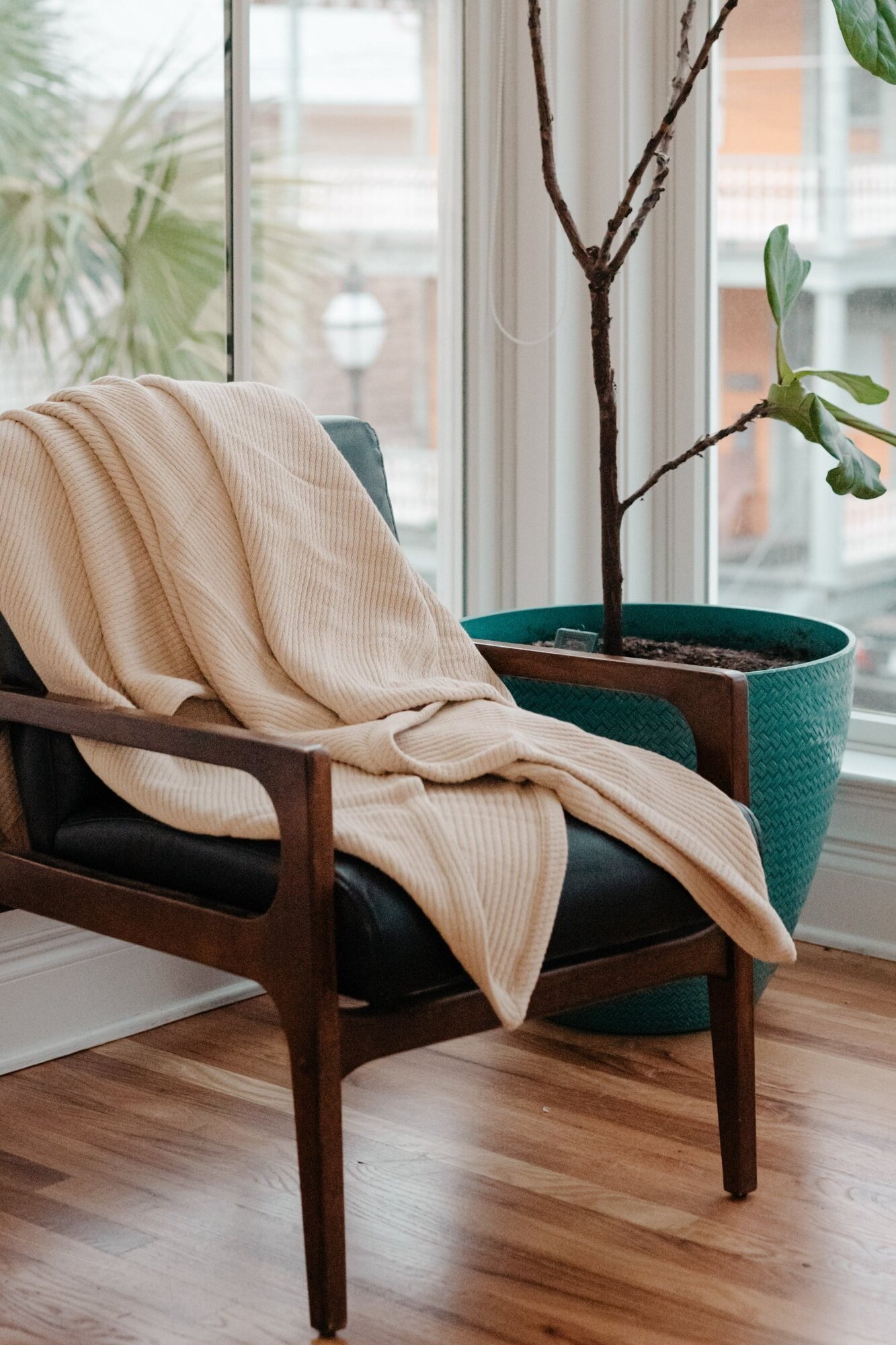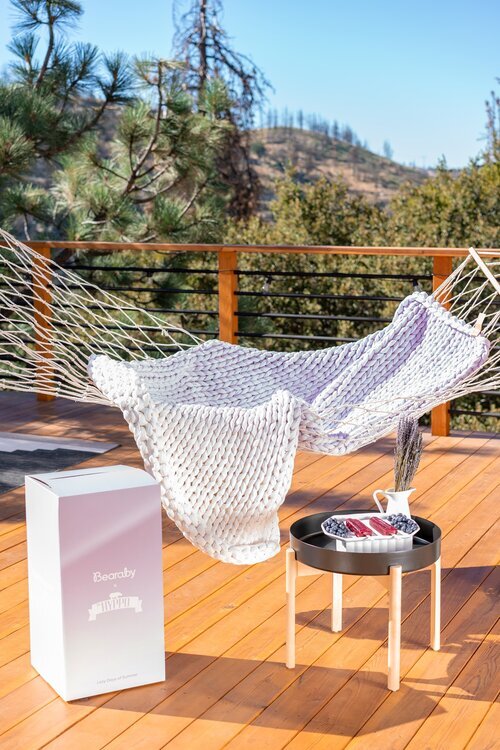A Guide to Eco-Friendly & Sustainable Christmas Trees
Having a Christmas tree for the festive season is a tradition that dates back to the 15th century. It all started in present-day Germany, but as centuries passed, it became widespread all across Europe. The tradition was later exported to the United States in the late 18th and early 19th centuries.
Still to this day, most families who celebrate Christmas love having a decorated tree in their homes during the holidays. But now that we can choose between real and artificial trees, many people wonder which option is better for the planet.
For the longest time, I thought that fake Christmas trees were more eco-friendly as I believed it was bad to chop down trees to enjoy them for just a few weeks. Was I right? Read on to find out!
In this article, you will learn about how sustainable both real and artificial trees are, and how you can minimize the environmental footprint of your tree whichever you choose to have.
How sustainable are real, natural Christmas trees?
The environmental benefits of real Christmas trees
Trees are some of the most important resources we have on our planet: they help combat climate change and come with many benefits for ecosystems and wildlife. But does that mean that cutting down a tree to enjoy it for a few weeks at most is bad? Not really.
According to Anne Mari Cobb from the Soil Association Forestry, the majority of Christmas trees are grown as horticultural crops and are not sourced from pre-existing forests. It means that by picking a real tree for the holiday season, you are not contributing to deforestation and habitat loss.
Buying a Christmas tree from a properly managed farm can even help support forests, wildlife, and ecosystems. In fact, out of the 350 to 500 million Christmas trees growing on farms in the United States, only 30 million of them are harvested each year. So for each tree that is cut for the holidays, there are more than 10 times as many trees left standing on the farms.
What’s even better is that every time someone purchases a real Christmas tree, farms plant one to three seedlings in its place. As a result, when you buy a real tree, you are financially supporting those farms and helping them maintain forests.
These forests are vital for countless species that depend on them to survive, like mammals, birds, and insects. They also provide many benefits to the local environment as they help purify the air and groundwater and they stabilize the soil.
Trees also absorb CO2 and remove it from the atmosphere: it is estimated that Christmas tree farms in the US sequester around 35 million tons of carbon dioxide per year. This number is equivalent to the amount of CO2 generated to provide electricity to three million people for a year!
Another great thing about real Christmas trees is that they are entirely biodegradable and can be recycled when we no longer want them. For instance, trees can be chipped and used as mulch in parks and gardens. They can even be used as bird nesting grounds or fish habitats, and they are great for preserving freshwater marshes and preventing beach erosion.
But there are issues we cannot ignore
As with most mass-produced crops, the majority of Christmas trees are heavily treated and sprayed with pesticides and fertilizers during their growing phase.
63% of Christmas trees produced in the United States are grown in six states (Oregon, Michigan, California, Pennsylvania, Florida, and Texas). In these six states alone, trees are sprayed with around 270,000 pounds of pesticides every single year.
Not only is the quantity of pesticides used astronomical, but most of those pesticides are also highly toxic to human health, wildlife and ecosystems. Farmers are exposed to high levels of chemicals, which may lead to serious health issues in the long run.
Pesticides and fertilizers also end up in the soil, groundwater, and nearby waterways. Over time, this can cause eutrophication, a process by which a body of water contains too many inorganic nutrients. As the quality of water deteriorates, eutrophication can create dead zones where aquatic fauna and flora cannot survive.
Another issue is that Christmas tree farms rely on huge petroleum-driven equipment to harvest their trees. Since the farms are incredibly massive and contain very few roads, the harvested trees are often helicoptered out of the fields.
Then, machines are used to wrap them in twine, and the Christmas trees are loaded onto trucks and trains to be shipped to distribution centers around the country. Some farms use refrigerated trucks or containers, which have an even bigger environmental footprint.
Finally, according to the Carbon Trust, the carbon footprint of a natural, 2-meter-tall Christmas tree that is sent to a landfill is 16kg of CO2. This is 80% more than if the tree is replanted or chipped to be reused in the garden (around 3.5kg of CO2).
And the issue is that, after the holiday season, a large portion of (natural) Christmas trees are discarded in landfills. Plus, when a tree decomposes in a landfill, it releases greenhouse gas emissions, including methane which is more than 25 times as potent as CO2 at trapping heat in the atmosphere, thus contributing to global warming.
Are artificial trees better for the environment?
In the United States, around 10 million fake Christmas trees are bought every year for the holidays. But are they more eco-friendly than real trees?
The main benefit of artificial trees is that they can be reused for many years, if not decades if stored and taken care of properly. And the longer we keep and use them, the more their environmental impact is reduced.
However, we need to take into account the fact that their total environmental footprint is substantial and we cannot ignore it.
Most fake Christmas trees are made from metal and polyvinyl chloride (also known as PVC), a type of plastic that can contain harmful substances like lead and other toxins. During its whole life cycle, PVC causes serious problems for human health as well as the environment.
To produce PVC, manufacturers use a lot of chlorine, which contributes to the depletion of the ozone layer and is the building block of many environmental issues.
Producing PVC also creates dioxin, a persistent organic pollutant that accumulates and stays in the environment for long periods of time. It is believed to be one of the most toxic chemicals we can find.
But that is not all: PVC is also made from petroleum. The oil industry is one of the least sustainable in the world, massively contributing to water, air, and soil pollution as well as global warming.
We should also take into consideration where artificial Christmas trees are manufactured: around 80% of them are produced in China, where electricity is usually generated by burning one of the most polluting fuel sources, coal. Once they are made, they are then shipped across the world in diesel-fuel-powered ships to reach their final markets.
So both the production and transportation processes generate huge quantities of CO2 emissions. In total, it is estimated that a two-meter fake Christmas tree has a carbon footprint of around 40kg of greenhouse gas emissions.
Finally, an issue we should not ignore when it comes to artificial trees is that even though they can be reused many times, the average family keeps them for about five to six years. Plus, according to a 2017 survey, 14% of people said that they prefer discarding their fake tree after only one use.
Because of the materials artificial trees are made from, they cannot be recycled or composted. As a result, those that are thrown away end up in a landfill where they will stay for hundreds of years. In the meantime, they will shed tiny particles of plastic that will pollute the nearby environment and be ingested by local wildlife.
So, should you buy a real or a fake Christmas tree?
This question is not simple. There are positives and negatives on both sides, whether you choose a natural or a fake Christmas tree. Choosing the more sustainable option will depend on your lifestyle, your circumstances, and what is available to you.
If we take a closer look at the numbers, we can see that artificial Christmas trees have a carbon footprint that is 2.5 times larger than that of a real tree discarded in a landfill. But if the natural tree is recycled into mulch or burned (not sent to landfills), the carbon footprint of a fake tree is 10 times bigger.
In other words, an artificial Christmas tree is a more eco-friendly option if it will be reused for at least 10 holiday seasons compared to if you were to buy a commercially grown tree every year.
To sum up, a real tree has a lower environmental footprint per holiday season, but the longer a fake tree is reused, the more its impact is reduced.
However, we also need to take into account our individual situations. If you already have an artificial Christmas tree, it makes more sense to keep reusing it year after year instead of buying a natural one.
But if you do not already have a fake tree, it might be more sustainable to buy a real one if you have access to locally grown trees nearby and you can recycle it after Christmas. On the other hand, if you live in a tropical climate, choosing a real tree might not be the best option as it would need to be shipped halfway across the world to arrive in your home.
Also, ask yourself if you have the space to store an artificial tree in your home. If you live in a tiny apartment with no storage space, a fake tree might not be practical and you may prefer a small natural one.
Finally, would you be able to recycle or dispose of a natural tree responsibly? If you cannot burn or compost it, and your city does not offer to take them back to recycle them, you should probably go for an artificial tree. But only if you commit to reusing it season after season.
Helpful tips for a more sustainable Christmas tree
In the end, whether you choose to buy a fake or a real tree for the holidays, there are different things you can do to help reduce the environmental footprint of your Christmas tree.
How to make your artificial tree more eco-friendly?
Since fake trees have a significant environmental footprint if only used once, the best thing you can do if you choose to buy an artificial tree or if you already have one is to reuse it for as many years as possible.
So try to take good care of it and make sure to store it properly when not in use. Commit to using it for many years, ideally decades. Even better, pass it down to the next generation. This will drastically reduce its environmental impact!
To be able to reuse it for many years, invest in a high-quality tree that will stand the test of time, and that you will be able to repair if it breaks.
If you can find an artificial tree second-hand, it is even better as no new tree has to be produced and you are giving a new life to a pre-loved one. From thrift stores to online marketplaces, there are many places where you can buy a used Christmas tree.
If you cannot find a second-hand tree, you could choose a new tree that is made with recycled materials or wood. These are less common than plastic trees, but they are a lot more unique (and sustainable)!
You could even build one yourself using natural materials or upcycled elements you can find in nature, like branches and pine cones. This would be a super fun project if you love being creative, so check Pinterest for DIY Christmas tree ideas.
How to choose a more sustainable, natural tree?
If you and your family prefer a real tree to a fake one, there are also many things you can do to make it more eco-friendly.
For instance, you could buy a still-living tree that still has the root ball attached and replant it once the holidays are over. Of course, this only applies if you live in an appropriate climate and have a garden. But it is a great option because the tree will be able to continue to provide fresh air and a home for wildlife for many more years.
Similarly, if you live in an apartment with a balcony, you can buy a potted tree that you will be able to bring inside for the holidays and leave outside for the rest of the year.
Another sustainable option is to choose a Christmas tree grown on an organic farm. Organic farms do not spray pesticides and other harmful chemicals on their trees, so it is a lot better for the environment.
Unfortunately, only one-tenth of the 30 million real trees sold every year in the United States are organic or certified natural. So it is more complicated to find organic trees, but it is definitely possible.
So check if there is an organic tree farm in your local area, you never know! But if organic trees are not available to you, try to find ones that are FSC-certified, or at least, grown locally.
Some companies also allow us to rent a tree for the festive season. After Christmas, they take it back and replant it until the following year. The tree can be re-rented for seven years on average, and after that, it will be planted for good so that it can continue to absorb carbon from the atmosphere.
Finally, make sure to always dispose of your tree in a responsible way, and do not send it to a landfill. There are more than 4,000 local Christmas tree recycling programs in the United States, so check if your city offers to take your tree back.
You can also compost it, or chip it and use it as mulch in your garden. And, you can even chop it into firewood so that it can heat your home during the winter.
Conclusion
Both real and artificial Christmas trees have a negative impact on the planet, though natural ones also seem to benefit the local environment.
Real trees have a much smaller carbon footprint per season, but if an artificial tree is used year after year, for more than a decade, it becomes more sustainable than its natural counterpart.
No matter which tree you decide to choose for Christmas, there are different things you can do to make your tree more sustainable. That way, you can feel about your choice and enjoy the holiday season even more!
About the Author
Eva Astoul is a French freelance writer, specializing in content related to sustainability, simple living, and a growth-focused healthy lifestyle. She runs her own blog, Green With Less, to inspire people to live a more minimalist and sustainable life.
MAKE SURE TO PIN THE PHOTO BELOW TO SAVE THIS POST FOR LATER!
LOOKING FOR SUSTAINABLE BRANDS?
Our Brand Directory is home to hundreds of sustainable brands, from makeup to cleaning supplies, from underwear to shoes. We have broken everything down by category for easy shopping, along with discount codes unique to SC viewers.

























